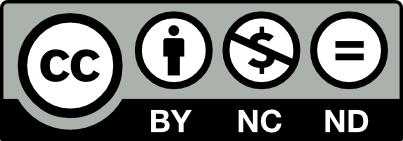This page is licensed under Creative Commons under Attribution 4.0 International. Anyone can share content from this page, with attribution and link to College MatchPoint requested.
4 Tips for Choosing High School Classes If You Want to Go to UT Austin
Choosing the right high school classes is an important step in preparing for UT Austin. By focusing on rigor in your strongest areas, exploring classes related to your intended major, meeting core requirements, and balancing your workload, you’ll be well-positioned to showcase your strengths to the UT admissions team. Remember, your transcript tells the story of your academic journey—make it one that highlights your readiness to thrive as a Longhorn.

The University of Texas at Austin is one of the nation’s most competitive universities, with a holistic admissions process that carefully evaluates students’ academic records, extracurricular involvement, and demonstrated fit for their chosen major. To stand out in the admissions process, your high school course selection can play a pivotal role. Here are four tips to guide you in choosing the right classes if UT Austin is on your college list.
1. Focus on Academic Rigor That Matches Your Strengths
UT Austin places a strong emphasis on academic rigor when evaluating applications, particularly for impacted majors like Business, Engineering, and Computer Science. Taking Advanced Placement (AP), International Baccalaureate (IB), or honors-level classes demonstrates your ability to handle challenging coursework. However, balance is key. Choose rigorous courses in your strongest subjects, where you’re confident you can earn strong grades. For example, if you’re aiming for the McCombs School of Business, prioritize Calculus and economics-related classes.
Pro Tip: Aim for a progression of rigor throughout high school. Admissions officers like to see students challenging themselves more as they progress from 9th to 12th grade.
2. Explore Classes Related to Your Intended Major
UT Austin values students who demonstrate a clear fit for their first-choice major. This means your high school courses should reflect an interest and aptitude in the subject area you plan to study. For example, future engineers should prioritize physics and advanced math courses, while pre-health students might consider anatomy, physiology, or other science electives.
Pro Tip: If you’re unsure about your major, use high school as a time to explore potential interests through elective courses. Classes in computer science, visual arts, or entrepreneurship can spark new passions and help you discover your academic strengths.
3. Don’t Forget Core Requirements
While electives and advanced classes are important, make sure you meet core graduation and college readiness requirements. Most UT applicants need at least four years of English, three years of social studies, three to four years of math (including Calculus for some majors), and three years of lab science. If you’re applying for specialized programs, check for additional prerequisites, like advanced sciences for the College of Natural Sciences or foreign language proficiency for liberal arts programs.
Pro Tip: If your high school limits access to AP or honors courses, don’t worry. UT Austin evaluates your application within the context of your school’s offerings.
4. Balance Rigor with Your Well-Being
While academic rigor is important, overloading your schedule with too many advanced courses can lead to burnout and reduced performance. UT Austin values students who balance challenging coursework with meaningful extracurricular activities, leadership roles, and personal growth. Instead of taking every AP class available, focus on excelling in courses that align with your academic strengths and career goals.
Pro Tip: A strategic schedule includes both challenging academics and space for extracurriculars, hobbies, and rest. Admissions officers appreciate well-rounded students who demonstrate academic success alongside personal balance.


